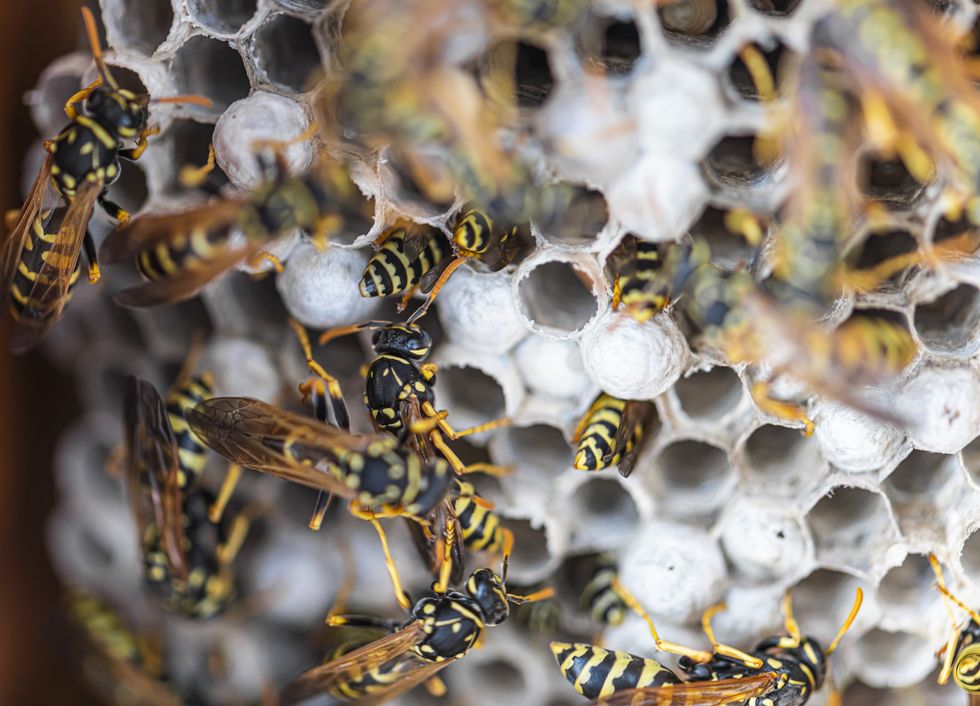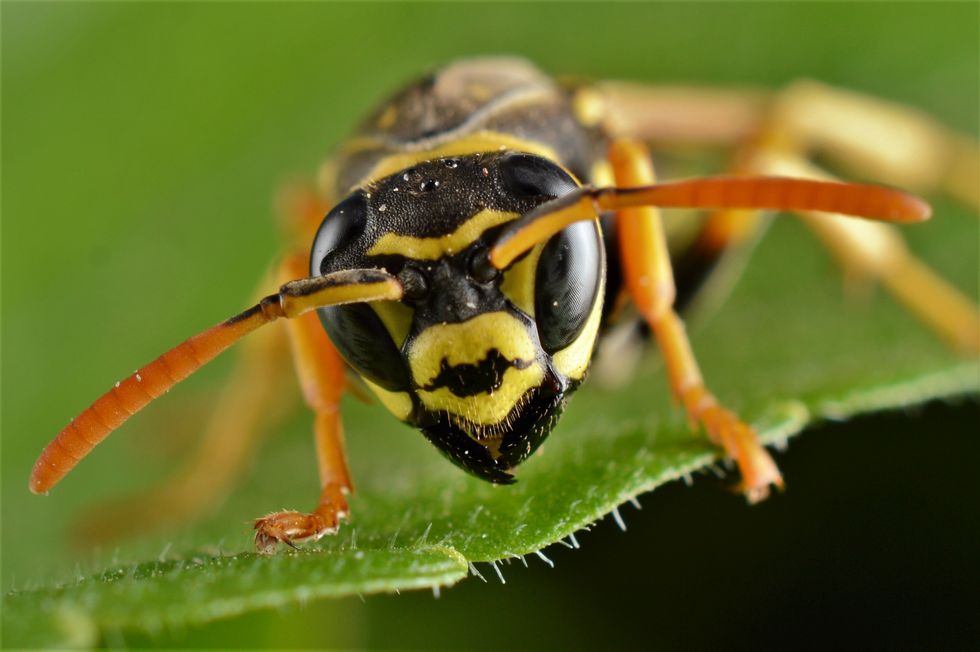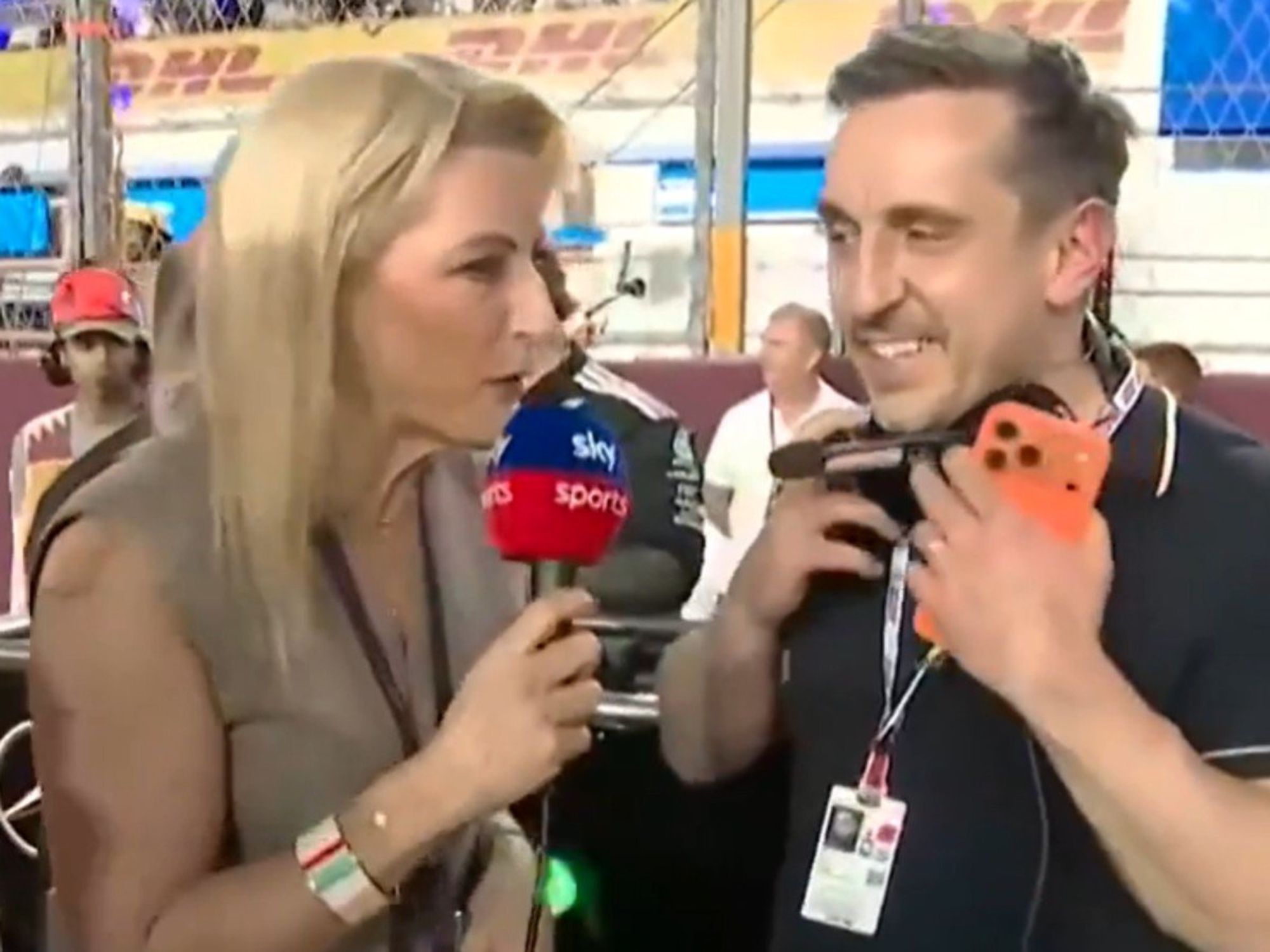Britons issued urgent warning over influx of wasps as 'monster' nests spotted across UK
An expert said 2025 will be 'the year of the insects'
Don't Miss
Most Read
Trending on GB News
Britons have been issued an urgent warning over a surge of wasps following the high temperatures that have swooped across the country.
Expert Andrew Dellbridge of Ace Pest Control in Norfolk said the spring sunshine had lured wasps out of hibernation early, giving them extra time to grow.
Although they will die off by the winter, the early start means wasp nests are far bigger than last year's sizes.
Dellbridge said there has been a "population explosion" of wasps, with the UK facing waves of them before the winter.

Britons have been warned of a swarm of wasps
|GETTY
The wasp expert said: "What I would expect to do in September-October as far as size of nest and multiple wasps within a nest, we're getting now.
"By September-October, the right back end of the season, before they all die off, we should be in massive nest territory."
Dellbridge warned that this spike could spur aggressive behaviour from the wasps.
Unlike bees, wasps are capable of stinging multiple times.
LATEST DEVELOPMENTS
Dellbridge said: "Some people get really upset by tiny little wasp nests. I'm not so upset about them; I worry about the big ones.
"I always try to use a comparison, and the space hopper is as big as it can get."
He explained that when we reach peak production, around early autumn, the wasps' aggression ramps up.
The pest controller said: "What I would imagine we're going to find shortly is that it will ramp up again, so we'll get that mad activity earlier."

Wasps are capable of multiple stings
|GETTY
When wasps become scared and angry, they are prone to stinging multiple times.
The stingers remain intact and tend to be primed with venom, which enters the bloodstream.
The venom breaks down cell membranes through the peptides and enzymes inside it, which can impact nerve cells.
This breach causes the injured cells to send signals back to the brain, which triggers the pain.
More From GB News











